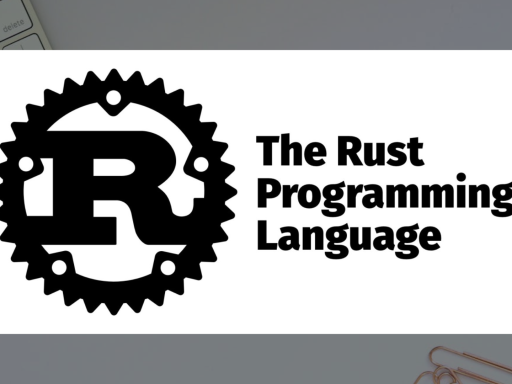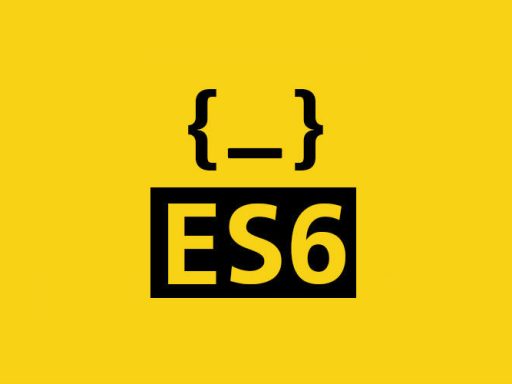Python has become one of the most popular programming languages in the world, thanks to its simplicity and readability. However, writing clean, maintainable Python code is essential for leveraging its full potential. Whether you’re a beginner or an experienced developer, following best practices for writing clean code can significantly improve the quality and efficiency of your Python projects. In this article, we’ll delve into the key principles and techniques to help you write cleaner, more efficient Python code.
Why Clean Code Matters
Clean code is more than just a coding style; it’s about creating readable, understandable, and maintainable software. Writing clean code:
- Enhances readability: Code is easier to read and understand, making it simpler for others (and your future self) to work on it.
- Reduces bugs: Clear, concise code minimizes the risk of introducing errors.
- Improves collaboration: Teams can collaborate more effectively when everyone follows the same coding standards.
- Facilitates maintenance: Well-organized code is easier to debug, extend, and refactor.
Best Practices for Writing Clean Python Code
1. Follow the PEP 8 Style Guide
PEP 8 is the official style guide for Python code. Adhering to PEP 8 ensures that your code looks consistent with the broader Python community, which is crucial for readability and collaboration. Some key PEP 8 guidelines include:
- Use 4 spaces per indentation level: Avoid using tabs.
- Limit line length to 79 characters: This improves readability and fits well with various tools and editors.
- Use meaningful variable names: Names should be descriptive and convey the purpose of the variable.
- Separate top-level function and class definitions with two blank lines: This helps visually distinguish them.
- Use comments sparingly and effectively: Comments should explain why, not what, the code does.
2. Write Meaningful Names
Choosing meaningful names for variables, functions, and classes is critical for readability. Good names should be descriptive enough to convey their purpose without requiring additional comments. Here are some tips:
- Be explicit: Avoid abbreviations unless they are universally understood.
- Use consistent naming conventions: For example, use snake_case for variable and function names and CamelCase for class names.
- Avoid single-letter names: Unless used in short, simple contexts like loop counters.
3. Keep It Simple (KISS Principle)
The KISS (Keep It Simple, Stupid) principle emphasizes simplicity in design. Write code that is straightforward and easy to understand. Avoid overcomplicating solutions; sometimes the simplest approach is the best. Here’s how to apply KISS:
- Break down complex problems: Divide them into smaller, manageable functions or classes.
- Avoid unnecessary features: Implement what you need, and avoid adding superfluous functionality.
4. DRY (Don’t Repeat Yourself)
DRY is a fundamental principle in software development. Repeating code can lead to inconsistencies and errors. Instead, strive to:
- Encapsulate common functionality: Use functions or classes to encapsulate code that needs to be reused.
- Leverage inheritance and composition: These object-oriented programming techniques help avoid duplication.
5. Use List Comprehensions
List comprehensions are a concise way to create lists in Python. They make the code shorter and often more readable. For example, instead of:
squares = []
for x in range(10):
squares.append(x**2)Use a list comprehension:
squares = [x**2 for x in range(10)]6. Handle Exceptions Properly
Exception handling is crucial for writing robust code. Use try-except blocks to manage exceptions, but avoid catching generic exceptions. Specify the exceptions you expect and handle them appropriately. For example:
try:
result = 10 / 0
except ZeroDivisionError:
print("Cannot divide by zero")7. Write Tests
Writing tests ensures that your code works as expected and helps prevent future bugs. Use testing frameworks like unittest or pytest to create and run tests. Aim for high test coverage, including edge cases. Here’s a simple test using unittest:
import unittest
def add(a, b):
return a + b
class TestMath(unittest.TestCase):
def test_add(self):
self.assertEqual(add(1, 2), 3)
self.assertEqual(add(-1, 1), 0)
if __name__ == '__main__':
unittest.main()8. Use Version Control
Version control systems like Git are essential for managing code changes, especially in collaborative environments. They allow you to track changes, revert to previous versions, and collaborate with others efficiently. Here are some best practices:
- Commit frequently: Make small, frequent commits with clear messages.
- Use branches: Create branches for new features, bug fixes, or experiments.
- Review code: Conduct code reviews to ensure code quality and consistency.
9. Refactor Regularly
Refactoring is the process of improving the structure of existing code without changing its functionality. Regular refactoring keeps your codebase clean and manageable. Look for opportunities to:
- Simplify complex code: Break down large functions or classes.
- Remove redundancy: Eliminate duplicate code.
- Improve naming: Rename variables, functions, or classes to better reflect their purpose.
10. Document Your Code
Good documentation is crucial for understanding and maintaining code. Use docstrings to document modules, classes, functions, and methods. Follow the conventions outlined in PEP 257. Here’s an example:
def greet(name):
"""
Greets the person with the given name.
Parameters:
name (str): The name of the person to greet.
Returns:
str: A greeting message.
"""
return f"Hello, {name}!"11. Leverage Python’s Built-In Functions
Python provides many built-in functions and libraries that can simplify your code. Familiarize yourself with them and use them whenever appropriate. For example, use sum() to add up a list of numbers instead of writing a loop.
12. Adopt a Consistent Code Layout
Consistent code layout improves readability. Organize your code logically and group related functions and classes together. Use consistent spacing and indentation.
Tools to Help Write Clean Python Code
Several tools can help enforce best practices and ensure your code is clean and maintainable:
- Linters: Tools like
pylint,flake8, andblackcheck your code for style violations and suggest improvements. - Formatters:
blackautomatically formats your code to adhere to PEP 8 standards. - Type checkers:
mypychecks your code for type consistency, catching potential bugs early.
Conclusion
Writing clean Python code is a skill that requires practice and attention to detail. By following best practices like adhering to PEP 8, choosing meaningful names, keeping your code simple, and using tools to enforce standards, you can create readable, maintainable, and efficient code. Remember, clean code not only benefits you but also makes collaboration and maintenance easier for everyone involved.
Whether you’re working on a solo project or collaborating with a team, striving for clean code will lead to better software and a smoother development process. Start implementing these practices today and see the difference they make in your Python projects.
Further Reading
For more in-depth information and resources, check out the following links:
By consistently applying these best practices, you’ll become a more proficient and respected Python developer. Happy coding!





